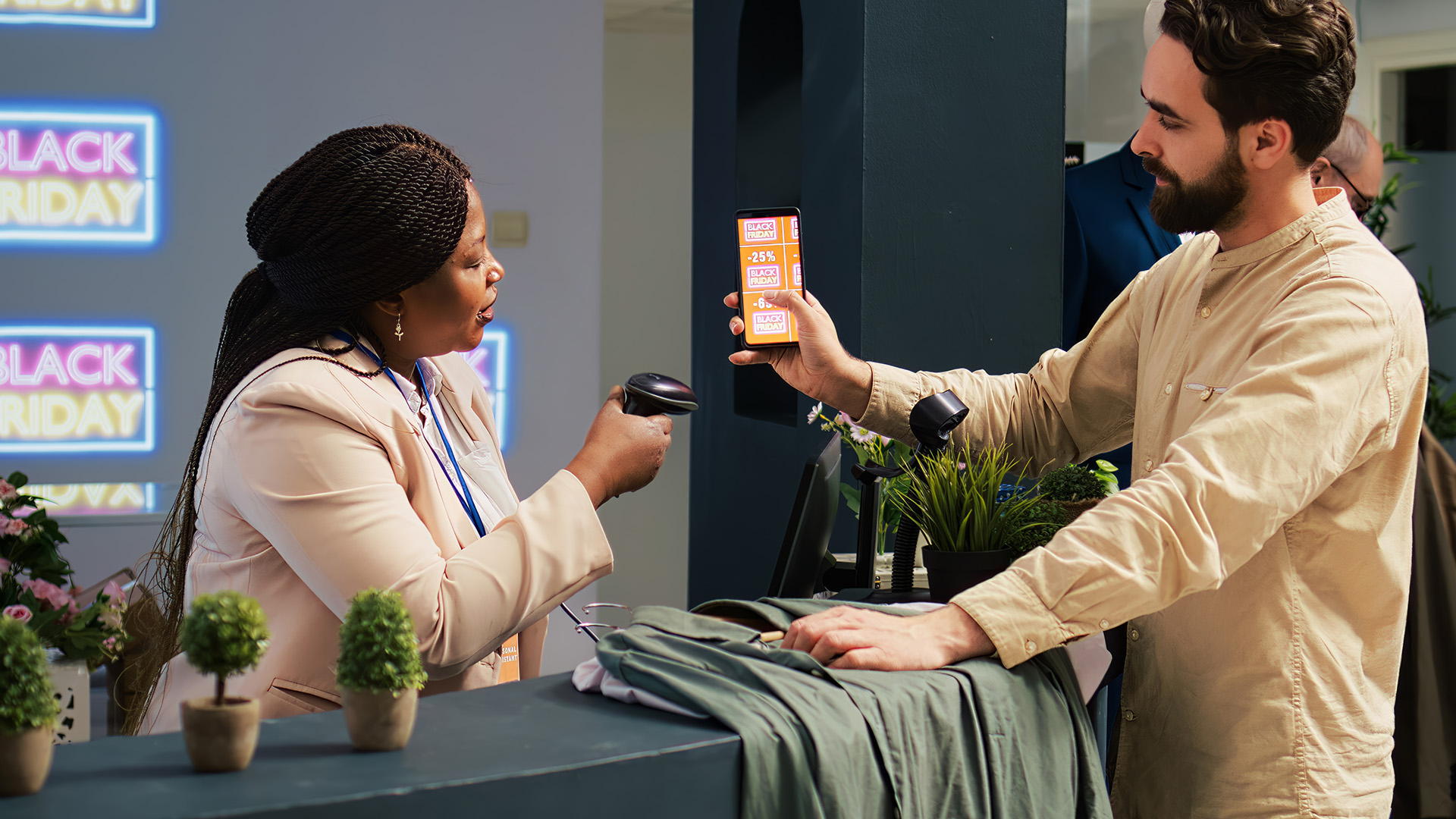Published by
In looking to the future of loyalty programs, we must ask whether our program represents an exchange of value and loyalty in both directions.
Customer loyalty is evolving. Mechanically-driven programs are a thing of the past. There is now broad recognition that people are not as engaged through their intellect as they are engaged through their emotions. Creative experiences that foster deeper connections, address customers’ emotions and needs, and highlight the uniqueness of the brand are essential to the future of customer loyalty.
CUSTOMER LOYALTY TODAY
Most loyalty programs today look similar, with many not taking customer loyalty into consideration at all. Programs are often just not that exciting for customers or reflective of the individuality of the brand, resulting in missed opportunities to deepen relationships and be extraordinary. Points accumulation feels like “work,” rewards are not linked to the brand experience, and customers question the true value of their loyalty.
In looking to the future of loyalty programs, we must ask whether our program represents an exchange of value and loyalty in both directions. Are we truly showing our customers how much we care and value them as human beings and consumers, and are we providing them the opportunity to continue displaying their brand loyalty through our offering? Experience enhancement almost overwhelmingly will trump any point-based scheme alone — but how do we incorporate that into what we know about our customers?
WHAT SHOULD LOYALTY LOOK LIKE?
For your brand’s loyalty program to shine, you must give your customers an unforgettable experience, connect with their emotions, and acknowledge their humanity. It takes some planning, but it’s not as hard as it sounds.
We all know what we’d pay for a car rental. How much more would that car rental service be worth if it was customized to the experience you’re hiring the car for? Let’s say you’re going on a camping trip with your friends, renting a Jeep for that purpose. How would you feel if the rental service packed your vehicle with everything your group needs for the trip? You’ve already got a tent, sleeping bags, and a cooler ready to go when you hop in the car.
Imagine the feeling you would have for the brand that just helped you make your life easier and vacation a success. You would gladly part with the data required to make that happen because, at that point, it’s an unmatched and unforgettable experience.
FLUID LOYALTY
Rigid and transactional programs that compensate customers for their apparent loyalty are limiting and do not deliver the results brands (or customers) are really seeking. Instead, brands should embrace the notion of designing their loyalty programs with a fluid approach, adjusting the parameters based on four main consideration areas:
- Financial
- Emotional
- Structural
- Social
These four consideration areas give brands a framework to craft a loyalty exchange that is truly representative of their brand and valuable for them and their customers. When completed correctly, how you fill out each area will look different for almost every brand.
LOYALTY FROM A CUSTOMER’S VIEWPOINT
Have you ever wondered how your customers define a valuable loyalty program? In a global private study, our team found that Amazon Prime was considered a favorite loyalty program in three out of nine countries. Is Amazon Prime even a loyalty program? It’s subscription-based, so not only do customers provide data, they’re actually paying a fee for the benefits. Regardless, a large number of people seem to view it as the type of rewards program they want.
Think about that for a moment: In creating these rigid and transactional rewards programs that we think our customers will like, are we actually losing sight of what they really want? Amazon Prime has reached the point where it’s helping customize a user’s experience of its platform. It clearly makes people feel like Amazon knows them and their preferences. It humanizes the experience. And yes, in turn, customers are happy to provide their data and pay for the privilege.
HOW TO START A LOYALTY PROGRAM
Where do you, as a brand, begin formulating a human-centric loyalty program that connects on an emotional level? Well, the first stop is undoubtedly the human behind the dollars: your customer. Ask, who is that person? How and why do they choose to interact with your brand? And with 36% of people saying they will likely switch brands since the pandemic began, where can you find more people like them? Loyalty programs are for your top-tier customers. You’ll need to understand what those tiers look like and what differentiates one type of customer from another.
Now, ask yourself, what should a future loyalty program look like for our brand? Do this in two ways: within the parameters of social, financial, structural, and emotional constraints. Create a time-based progression at 1, 3, and 5 years. Then, break down all the walls and ask yourself what you would design if there were no boundaries at all. Somewhere in the middle of those two answers is the sweet spot.
Remember that the least successful rewards program is one that is built without the customer in mind. It’s one that your top-tier customer has not really bought into because it doesn’t meet any of their actual needs. These unsuccessful programs are almost always created in a meeting room, void of any customer feedback. As you deliberate between your constraint-limited and boundary-free models, find ways to test elements of these ideas with your customers.
HARD TIMES CREATE INCREDIBLE REVOLUTION
Many consumers and brands alike are in a tough spot. Economic times are hard for many and now may feel like a poor time to create anything new. The truth is, now is the best time to do it. What better way to reassure your customers that you acknowledge and see their humanity, struggles, and wins than when the world and economy are unclear? Brands can lead into the “hard times” and shift their own business and the greater economic market by truly understanding their customers and creating programs that customers value deeply.
Originally published at Fast Company.




